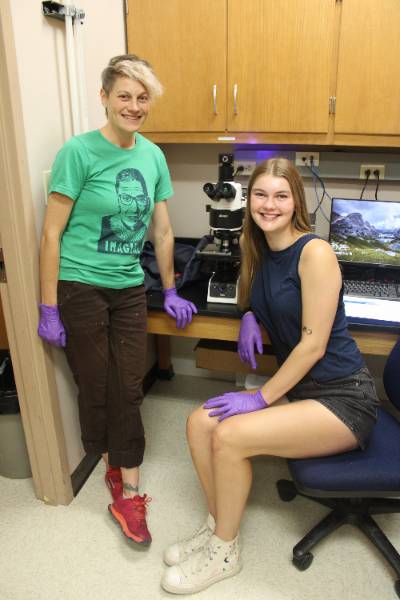Education, Outreach and Workforce Development
World Quantum Day 2025
|
An emerging industry such as quantum will require a skilled, adaptable, trained and motivated workforce, which, in turn, requires an infrastructure of interest and engagement. Long-term success and sustainability of the quantum industry are improved by intentional efforts to foster diversity and inclusivity in this workforce. Each effort by QCORE surrounding quantum technologies research also includes robust efforts to support education and workforce development.
Our work is categorized into four focus areas:
- Public awareness and quantum literacy
- Youth development
- Educator professional development
- Higher education partnerships and pathways
In each focus area, we embed exemplary practices to build a quantum-literate public and a skilled workforce for the state, region and nation that is demographically, socioeconomically and geographically diverse. Whenever possible, we partner with state, tribal, and national organizations in order to maximize the reach and scope of our efforts and connect with audiences that have been historically excluded from STEM.
Research reports from QCORE
|
|
Public awareness and quantum literacy
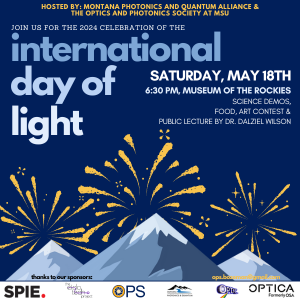
|
As quantum concepts and applications are a relatively new phenomenon in our state, we will lay the groundwork for future growth through a statewide informational campaign that reaches all sectors, including youth (their educators, organizational leaders, caregivers and parents), government, and industry. Communications will include news articles, broadcast pieces and advertisements that help audiences understand general quantum concepts. Public engagement efforts such as workshops, festivals, lectures, exhibits and art installations will reach audiences broadly. |
Youth development activities
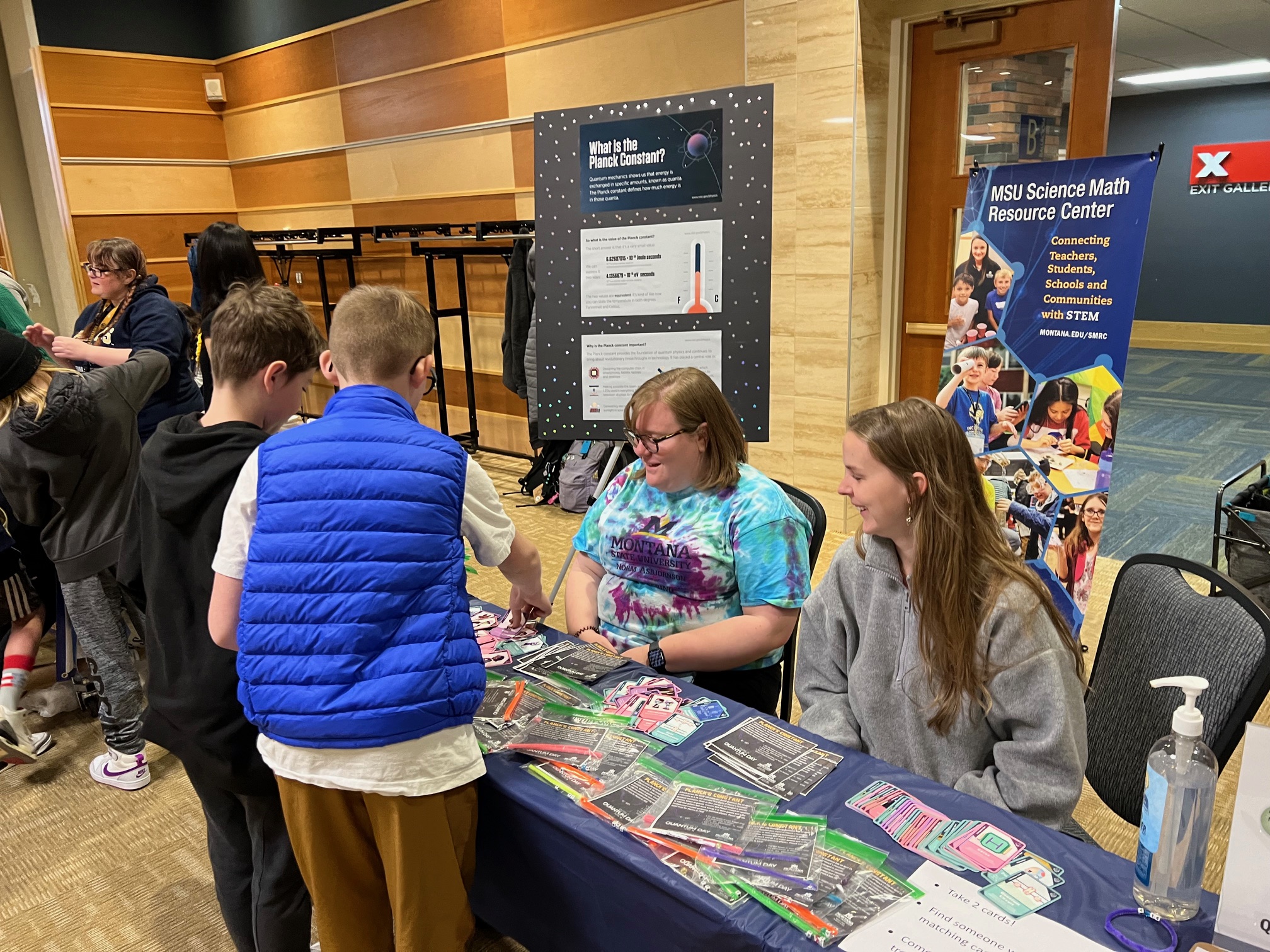
|
To build a quantum-literate and prepared workforce, we will begin when students are forming their STEM identities and clarifying their interests. For middle school youth (grades 6-8), we will focus on STEM challenges, competitions, and outreach events. For 9-12 students, we will build more immersive experiences that prepare high school students (particularly those in grades 9 and 10) to select courses and opportunities that prepare them for potential post-secondary studies and careers. Activities for younger students will include engaging content to stimulate their interest in STEM. All youth programs will include strategies to share content with parents and caregivers regarding future educational and job opportunities in the quantum industry. |
Educator professional development
|
Educator professional development is a highly effective strategy for sharing STEM content knowledge and sparking interest in emerging fields, as classroom teachers are often highly influential in the motivations and pathways of their students. It is not uncommon for students in Montana’s smallest towns to see one single science teacher throughout their middle and high school years, and reaching these educators with high-quality curricula, classroom equipment and professional development can have a multiplier effect for years beyond the scope of funded research projects. Strategies will include research immersion experiences for classroom teachers; training for pre-service teachers (future STEM educators); and curriculum development that meets standards for science, mathematics or CTE (Career and Technical Education). |
Higher education partnerships and workforce development pathways
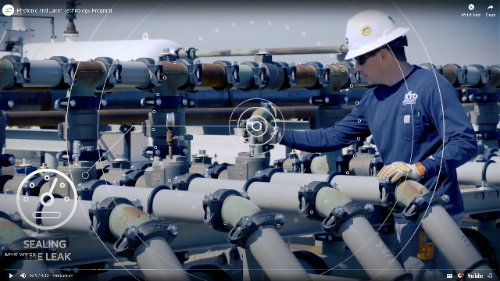
|
The objective of this task is the development of education programs, and formation of a diverse, smart quantum workforce at various education levels (2-yr certificates, 4-year degrees, advanced degrees, professional training). For example, the Applied Quantum CORE’s testbed will give a variety of learning opportunities for all age groups and will contribute significantly towards skilled workforce development in the areas of cryogenics, RF measurement and opto-electronic interface. Through the NSF Engines program, we can grow and sustain regional innovation by developing educational and training opportunities to grow a skilled, adaptable, and diverse regional workforce that increases Quantum Information Science and Engineering (QISE) innovations, enhances translation outcomes, fills QSC needs, and anchors companies. |

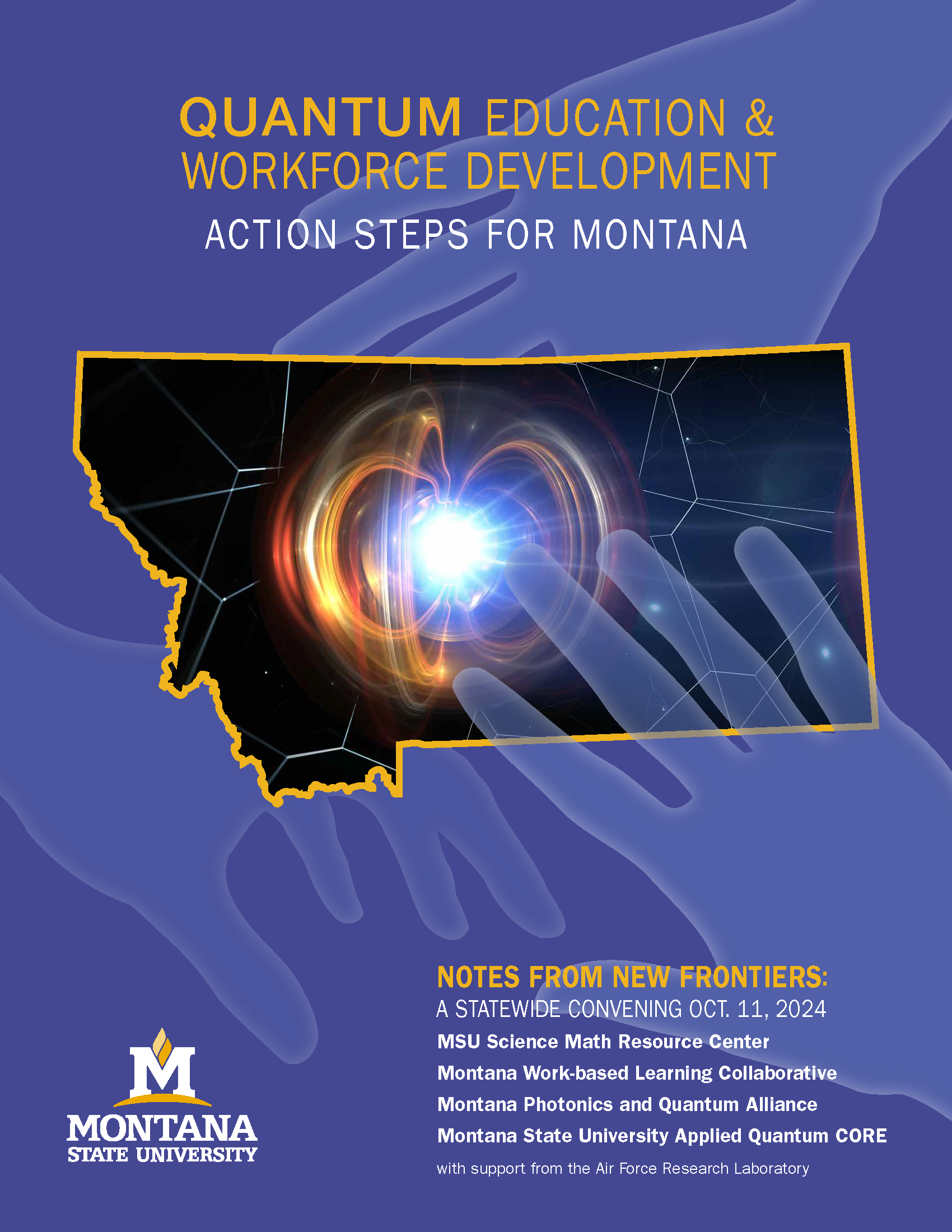 Quantum Education and Workforce Development: Action Steps for Montana
Quantum Education and Workforce Development: Action Steps for Montana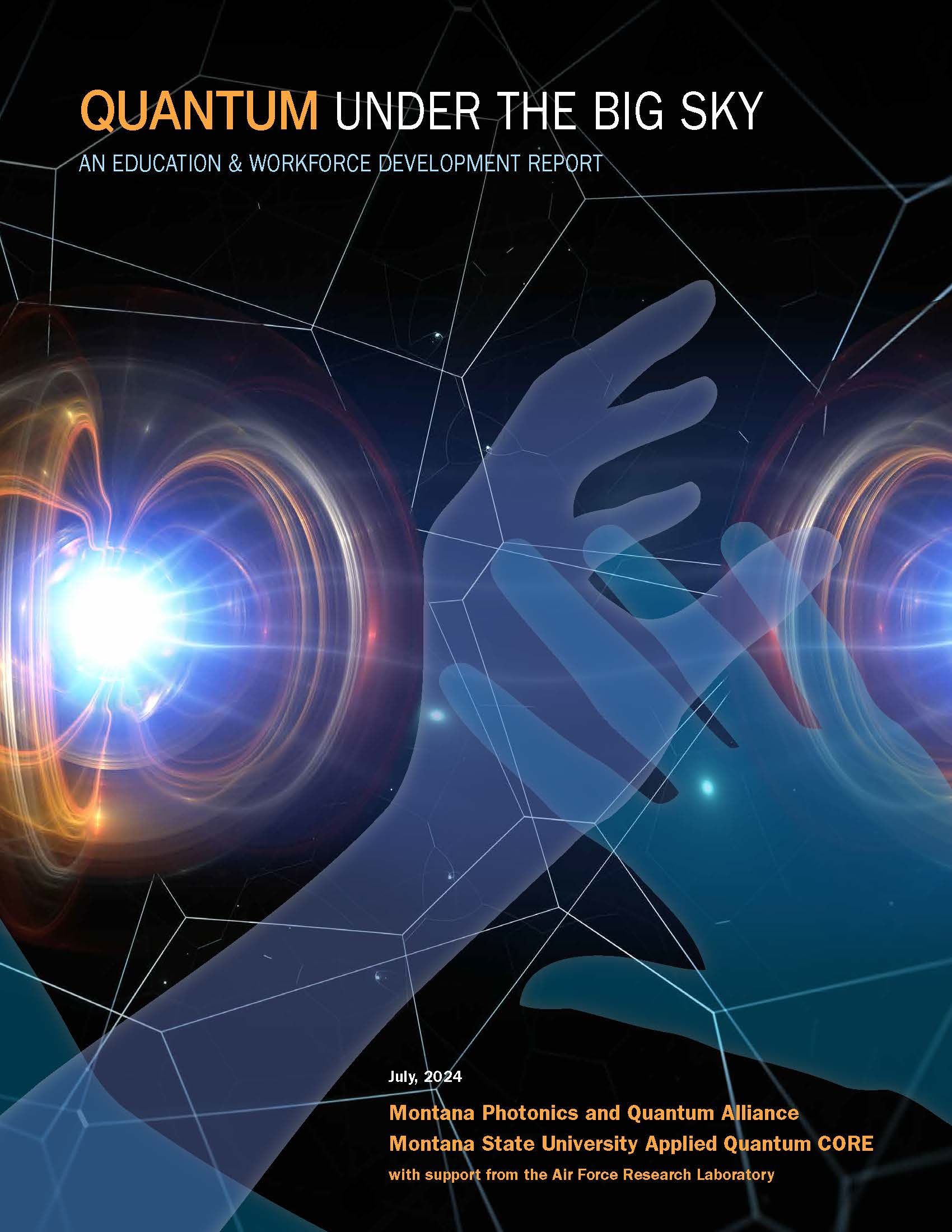 Quantum Under the Big Sky: Education and Workforce Development in Montana
Quantum Under the Big Sky: Education and Workforce Development in Montana